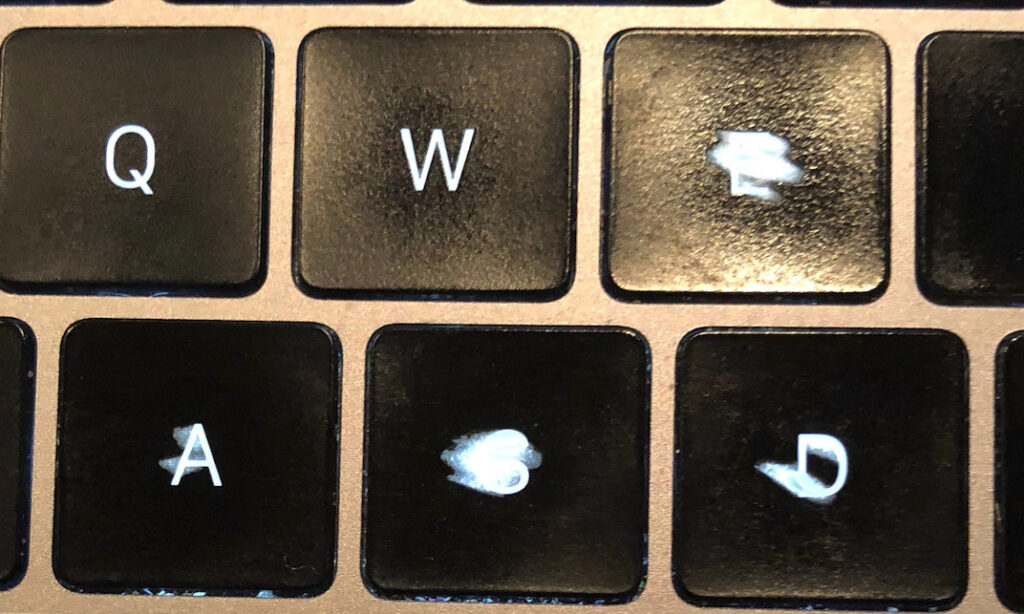For those of you who read Part 1 I apologize for the long gap between that article and publishing Part 2. The reality is that even writing this got me so riled up that I could only edit it in small chunks and would constantly need to stop and take very deep breaths. When it came to ugrading my … [Read more...] about How I Escaped From Apple Island. Part Two
How I Escaped From Apple Island. Part One
(But, it was NOT easy) After 31 years of being a loyal Apple customer (and spitting for luck just on hearing the word Microsoft), a few weeks ago on 16th October 2024 I managed my get away from the evil clutches of the monster that Apple has become since the death of the genius Steve … [Read more...] about How I Escaped From Apple Island. Part One
Bobby Wagner foreshadows the Natalie Wood incident in this 60s golf movie!
(He's wearing some nice golf ivy, though) Now there are great movies, and there are good movies and there are also bad movies. But for those of us who love a certain vintage look there's another left of field type of movie that we watch only for the clothes, the cars and or the … [Read more...] about Bobby Wagner foreshadows the Natalie Wood incident in this 60s golf movie!
The New Steve McMunster Chukkas Are Here!
Please form an orderly queue. What is there to say about these? Whilst it’s true that Steve McQueen wore Playtime chukkas (and in the early days, low tops) he never wore these monstrosities. How do we know that? Well, first of all you only have to look at the photos and stills from his … [Read more...] about The New Steve McMunster Chukkas Are Here!
Hutton Playtime in Hollywood – Steve McQueen 13
Steve McQueen 13 Steve McQueen. Where to start? McQueen was clearly the main proponent of the Hutton Playtime from around 1958 until the early 70s when he first began to be seen wearing footwear other than Playtime. The earliest photographs of McQueen wearing Hutton Playtime come from the … [Read more...] about Hutton Playtime in Hollywood – Steve McQueen 13
Hutton Playtime in Hollywood – Steve McQueen 12
Steve McQueen 12 Steve McQueen. Where to start? McQueen was clearly the main proponent of the Hutton Playtime from around 1958 until the early 70s when he first began to be seen wearing footwear other than Playtime. The earliest photographs of McQueen wearing Hutton Playtime come from the … [Read more...] about Hutton Playtime in Hollywood – Steve McQueen 12
Hutton Playtime in Hollywood – Steve McQueen 11
Steve McQueen 11 Steve McQueen. Where to start? McQueen was clearly the main proponent of the Hutton Playtime from around 1958 until the early 70s when he first began to be seen wearing footwear other than Playtime. The earliest photographs of McQueen wearing Hutton Playtime come from the … [Read more...] about Hutton Playtime in Hollywood – Steve McQueen 11
Hutton Playtime in Hollywood – Steve McQueen 10
Steve McQueen 10 Steve McQueen. Where to start? McQueen was clearly the main proponent of the Hutton Playtime from around 1958 until the early 70s when he first began to be seen wearing footwear other than Playtime. The earliest photographs of McQueen wearing Hutton Playtime come from the … [Read more...] about Hutton Playtime in Hollywood – Steve McQueen 10



